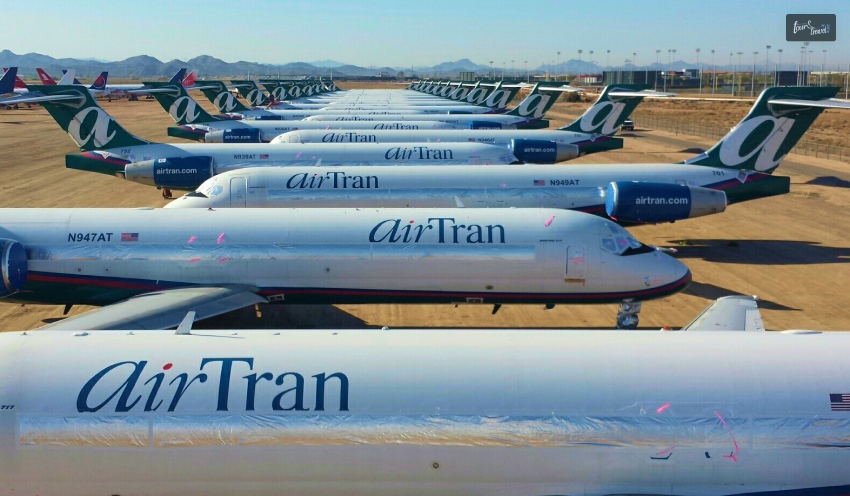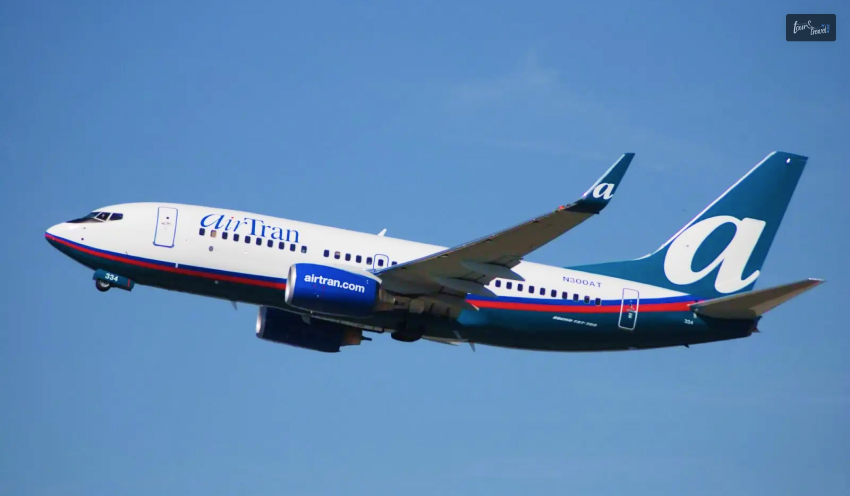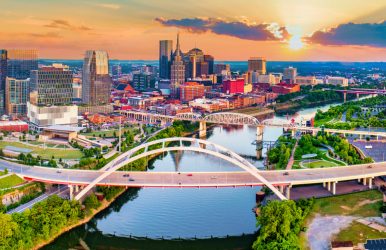Sunrise Spots in Vietnam: Top Places to Catch the Best Morning Views
BY Sibashree Jun 20, 2025
The best way to start your day is staring at the rising sun. If some exotic locations for the best sunrises are passing through your mind, let me also remind you of Vietnam. Do you know which are the best places to watch sunrise in Vietnam? Before I proceed, let me tell you why sunrises in Vietnam are so beautiful. The cosmic elegance of the Vietnamese sunrise stems from the country's long coastal stretches and naturally scenic settings. The massive horizons at the coasts create unique sun flares every day, when the sun rises here. Similarly, the green landscapes reflecting the nascent sunrays every morning are no less than a visual treat. Why Are There So Many Exotic Places to Watch Sunrise in Vietnam? The mountain peaks here are also mesmerizing. Meanwhile, Vietnam offers many locations where early mornings leave a lasting impression. It includes misty hills and quiet beaches. This guide highlights the top sunrise spots across the country. Firstly, these places offer some of the most rewarding sights. However, a well-planned vacation package to Vietnam can make these experiences enjoyable. Why is Vietnam Ideal for Sunrise Views? Vietnam’s geography extends from north to south. It includes the eastern coastline of Southeast Asia. This makes it an ideal destination for sunrise enthusiasts. The sun rises over the East Sea. It offers clear and wide views. Mountain valleys and beaches provide breathtaking views. Don't miss out on the rice fields. Witnessing sunrise can become one of your most treasured memories of Vietnam. Where Can You See the Best Sunrise in Vietnam? Vietnam has various sunrise spots. Some of them are less explored. Here are some you can include in your next travel itinerary: 1. Mui Ne - Sand Dunes and Sea Views Mui Ne is a coastal town in southern Vietnam. It is known for its red and white dunes. Tourists often visit this area early in the morning. The sand and sky combine to provide a calm and lovely scene. Many Vietnam Travel Agency tours start the day at the Mui Ne dunes. The light breeze and open horizon make this a favorite spot for photographers and early risers. 2. Sapa - Sunrise Over Rice Terraces Sapa's rice terraces and stunning mountain views are popular attractions. It is located in the northern highlands. The fields glow with golden hues. The villages surrounding Fansipan Mountain offer incredible views that are perfect for a sunrise walk. A Vietnam country tour to Sapa usually includes homestays and local treks. It also includes early morning hikes. These make it easier to access the best viewpoints before sunrise. 3. Hoi An - Riverside Reflections at Dawn Hoi An, a typical town with historic streets and attractive riverbanks, is a serene spot for sunrise viewing. The quiet mornings on the Thu Bon River, with boats floating peacefully and old town buildings reflecting in the still water, create a tranquil atmosphere. You can choose a vacation package to Vietnam that includes the central regions. In this way, you can spend a night in Hoi An just to catch the early morning light. 4. Da Nang - Son Tra Peninsula The Son Tra Peninsula, near Da Nang, offers stunning views. Meanwhile, the best sunrise views can be found from the Ban Co Peak and the Linh Ung Pagoda. You can also see the city, sea, and forest all together from this point. Several Vietnam Travel Agency packages include this spot as part of a day tour from Da Nang. It is often filled with the sounds of birds and cool air. 5. Phu Quoc - Sunrise at the Beach Phu Quoc is an island located in the far south. Its eastern beaches are ideal for watching the sunrise. However, Long Beach, Bai Sao, and Ham Ninh Fishing Village are top places to see the morning sun over the sea. You can book a vacation package to Vietnam that includes beach resorts. 6. Ninh Binh - Mountains and Rivers in the Morning Mist Ninh Binh, also known as Halong Bay, is one of the best places to watch the sunrise in Vietnam. At first, you will encounter the thick morning mist. As the sun rises and the fog begins to clear slowly, you can see the entire frame of the sunrise. At Ninh Binh, you can also take boat rides along the Ngo Dong River, located in Tam Coc. The rides are seamless, allowing you to relax. However, the sunrise is the best part about early morning Ngo Dong rides. The sunlight radiating from surrounding cliffs and fields transforms the rivers into a new canvas every day. If you don’t want to miss such places to watch the sunrise in Vietnam, consider contacting a travel agency. They may help you book the 05:00 AM to 07:00 AM boat ride on Ngo Dong. Stay for a while and experience the full arc of the sunrise. What Time Does the Sunrise in Vietnam? The winter sunrises in Vietnam are most exotic. Moreover, you need to know about the best places to watch sunrise in Vietnam. That’s why your tour operator’s help is crucial. The best time to witness the sun in its raw orange form is between 5:30 and 6:30 AM. However, please note that you should check the local time there. Before visiting, you need to note a few things as well: Usually, there is a thick crowd at the best places to watch sunrise in vietnam So reach at least 30 minutes to take the front view The shades and aura of the sunrise from various places will surprise you. How to Make the Most of Sunrise Views? Plan most of your sunrise viewing experience. Knowing where to go and how to get there will ensure you don't miss the breathtaking views. Take your hoodies or sweatshirts as the morning mists are chilling. Interiors may not have food options. So, carry your breakfast essentials or light snacks. Respect the local environment. Avoid littering. Consider booking your trip with a Vietnam Travel Agency. It is to ensure transportation and access to ideal viewpoints. Frequently Asked Questions (FAQs) Global tourists are eager to visit places to watch sunrise in Vietnam. However, they want to know…… 1. Do I need a guide for sunrise trips in Vietnam? No, not always. Yet, in remote or mountainous areas, local guides can ensure safety and help with navigation. 2. Can I include sunrise tours in my Vietnam vacation package? Yes, many agencies offer custom sunrise trips as part of a vacation package to Vietnam. 3. 3. Are these places crowded in the morning? No, these places are less crowded. 4. Which season is ideal for seeing sunrises? It is from October to April in the north and central regions.















